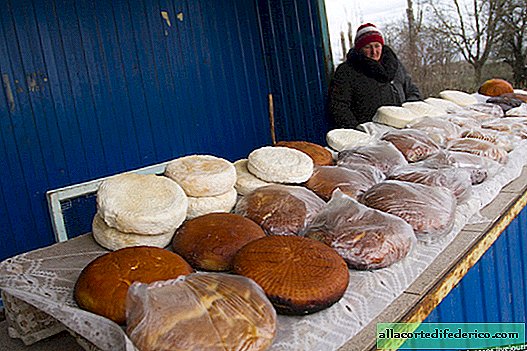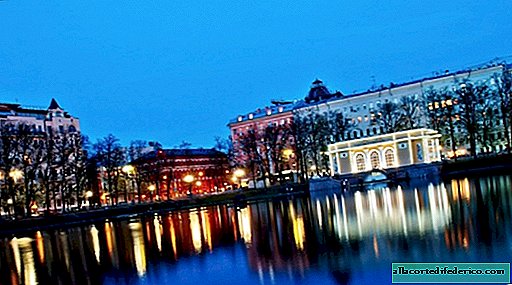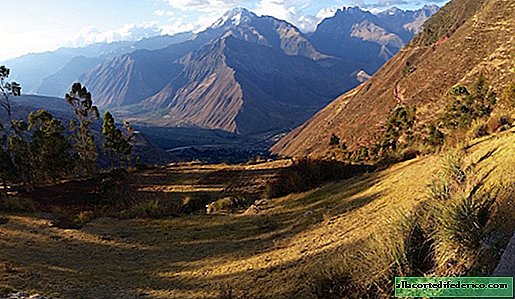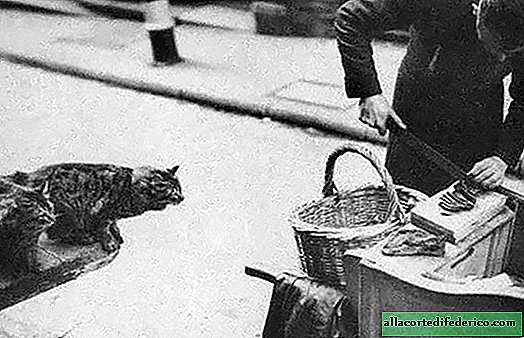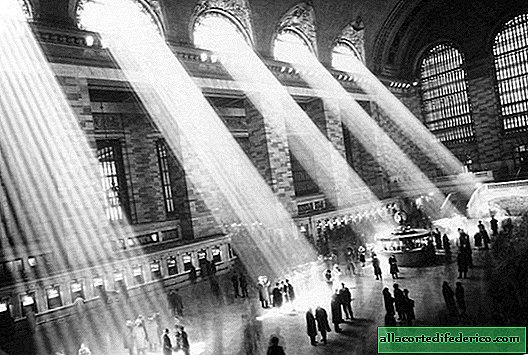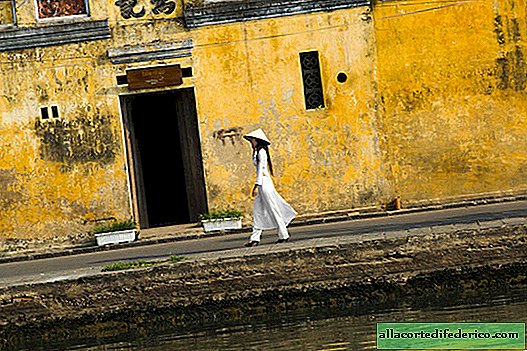Minsk. Castles, swans, wounded storks and the echo of war ...
Last week I had a chance to go to Minsk for a few days and visit its surroundings. Spring in the vastness of Belarus is felt much more clearly than in Moscow. I was conquered by the green expanses of the fields and clean air. I hasten to share the results of my acquaintance with this new country for myself with you.

An important note: I learned that now, according to international etiquette, it is right to say "Belarus" and not "Belarus", as many of us say out of habit. In no case - many Belarusians will consider such a pronunciation as a personal offense! :) Now you also know this, and you can proceed to the main photo story.

Fields! Fields and the absence of tall fences in the endless cottage villages that weigh me so much in the suburbs. How my eyes miss such an open space! All this is in Belarus. As soon as the borders of Minsk end, you plunge into the ocean of clean air. And this is awesome.

The capital of Belarus can be seen behind the green hills.

Among these fields, within a radius of 100 km from Minsk, a few sights are scattered. The war took place severely in these lands, destroying most of the historical heritage. But a couple of pearls were resurrected from the ashes. Mir Castle and the castle in the city of Nesvizh, which is considered the cultural capital of Belarus.

Mir Castle.

Nesvizh Castle.


Locks are half an hour away from each other. Mirsky is smaller, and Nesvizhsky is much larger, with a large park around and a system of lakes along which swans swim.

In general, in Belarus expanse for all living creatures! For example, a donkey grazing right near Mir Castle.

And here is a pine tree in an ordinary village. At the top of the pine tree is a nest of storks.

And judging by the clicking of the beaks, I ended up just in the mating season. Storks fought for the nest!

At that moment I was completely at a loss as to why all the storks are bloody wounds.

I flipped through the Internet, but I still did not understand who was fighting for the nest: males or females. Judging by the description on the Internet, a male builds a nest, and females begin to fight for it. In general, a perfect break of the pattern with regard to storks. From childhood, he considered the stork a power, noble bird, and here such a fierce massacre. :)
By the way, about the battle ... Picking up interesting routes near Minsk, I was surprised to find that the entire map in the area of the "Minsk Sea" is dotted with bunkers from WWII. In other words, concrete fortifications, which, judging by the map, were abandoned and were not even monuments.

Having traveled to a couple of such points on the map, I became convinced that the way it is. Huge concrete structures simply disappeared among holiday villages and villages. Nobody pays attention to them, many are turned into a toilet.


I was interested in this question, and already at home I discovered that these bunkers are part of a colossal defense system, built in the 30s of the 20th century from Karelia to the Crimea and called the "Stalin Line". Toward the end of the 30s, in connection with the annexation of new territories and the expansion of the borders of the USSR, this line lost its former significance and its construction was abandoned. After the start of the Great Patriotic War, pillboxes again gained strategic importance, but due to the rapid onset of the Germans, the lack of specialists, and due to the incomplete construction of pillboxes, they could not be used for their intended purpose. Such tremendous power, and all wasted. A very interesting story page.
After visiting the abandoned bunkers, on the way back to Minsk, a military-historical open-air museum was discovered - the “Stalin Line”. It presents numerous options for bunkers (both Soviet and German), an impressive exposition of military equipment, aircraft, tanks, many of which are even on the go! Strictly recommend to visit.



Well, I'm not a big fan of cities. Therefore, for me, the main thing in Belarus is the expanse of clean air! :)

By the way, the Minsk Sea (Zaslavsky reservoir) in some places is very similar to the Gulf of Finland in St. Petersburg.




